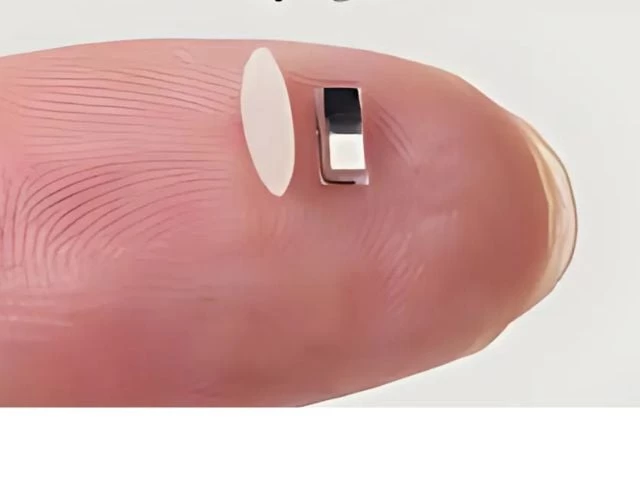Researchers develop wireless, light-activated pacemaker the size of a grain of rice
World’s smallest pacemaker can provide temporary cardiac pacing, especially for newborns with congenital heart defects

Researchers at Northwestern University have unveiled the world’s smallest pacemaker — a wireless, dissolvable device no larger than a grain of rice, designed to provide temporary cardiac pacing, especially for newborns with congenital heart defects.
Measuring just 1.8 mm wide, 3.5 mm long, and 1 mm thick, the device can be injected using a syringe, eliminating the need for invasive surgery.
It operates without batteries or wires, using a galvanic cell that activates when in contact with body fluids, generating enough electrical current to pace the heart.
A wearable patch on the chest continuously monitors heart rhythms and triggers the pacemaker using pulses of infrared light whenever it detects irregularities.
This optical activation replaces conventional radiofrequency systems, enabling a smaller, antenna-free design and reducing risk and discomfort for patients.
“Temporary pacemakers are essential during pediatric heart surgeries.
This device simplifies the process and removes the need for a second surgery to extract it,” said Prof. John Rogers, lead developer.
The dissolvable design ensures that the device naturally disintegrates after its job is done, typically within a week, reducing complications like infections, bleeding, or tissue damage associated with traditional pacing systems.
Initial studies in animal models and human donor hearts have demonstrated the device’s efficacy across various heart sizes and conditions.
The research team is now advancing toward clinical testing and regulatory approval through a newly formed startup.
The innovation, published in Nature, could revolutionize post-surgical care for infants and potentially find broader applications in neurology, pain management, and tissue healing.




























COMMENTS
Comments are moderated and generally will be posted if they are on-topic and not abusive.
For more information, please see our Comments FAQ